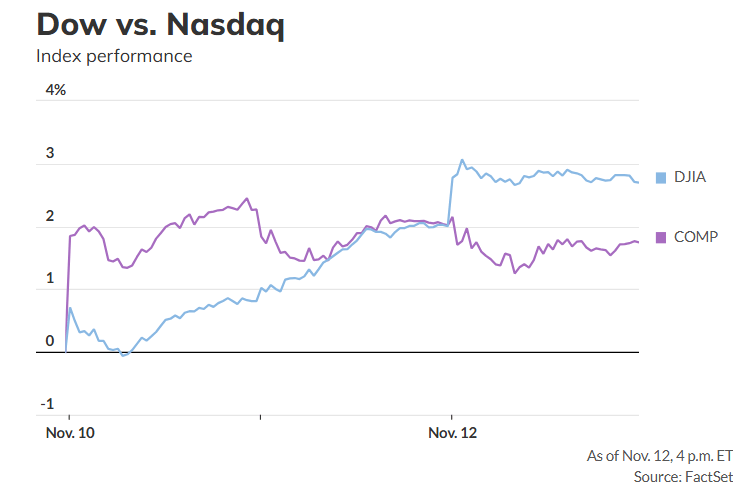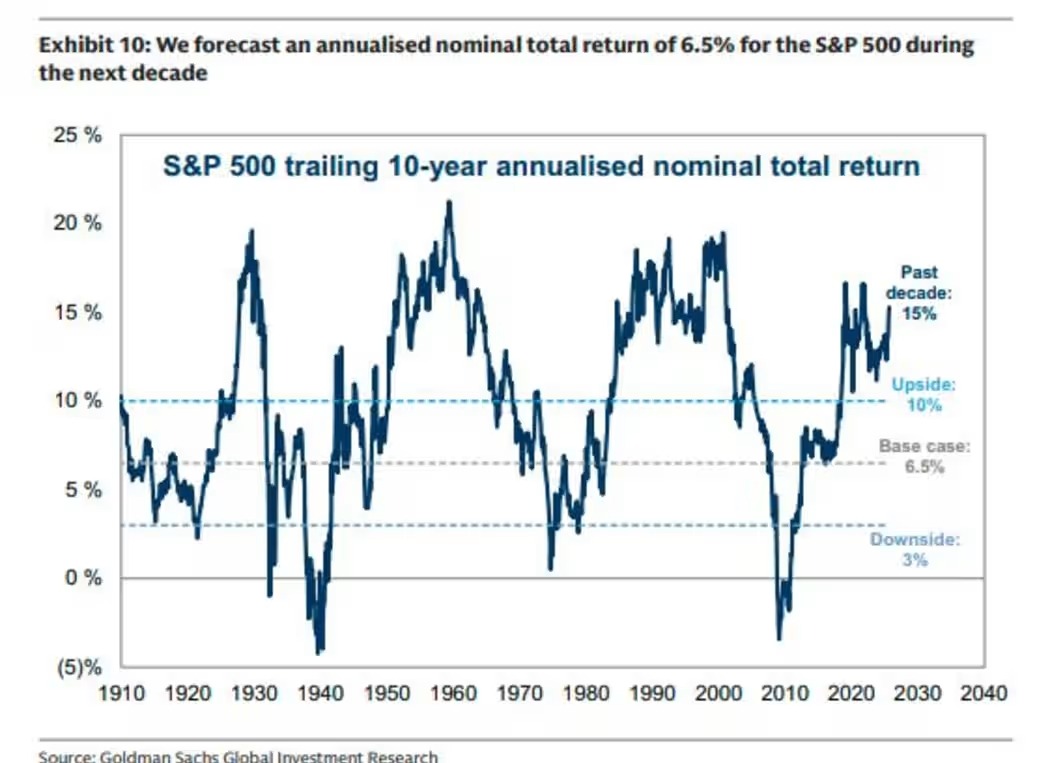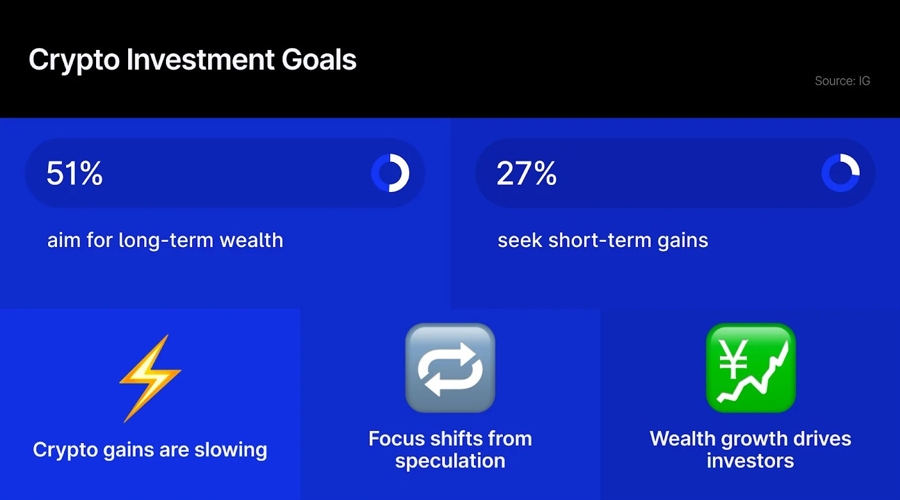E-mini S&P Futures: How the Sonic System Dominated the Market Long Side
The E-mini S&P 500 futures have been a wild ride lately — but for traders using the Sonic System, that volatility turned into opportunity.
In today’s trading session, I walked through several live trades that showcased just how powerful this system can be when the market shifts to the long side. Here’s a breakdown of what happened, the strategy behind each move, and the key lessons for anyone looking to level up their day trading game.
The Setup: Market Turns Bullish After the Shutdown
As the government shutdown came to an end, the market began showing early signs of recovery.Right from the open, multiple long signals appeared — a clear indication that optimism (or at least short covering) was kicking in.
But markets rarely move in a straight line. After an initial burst higher, prices began to pull back, creating fresh short opportunities before resuming the uptrend.
The key takeaway? Stay flexible but consistent. The Sonic System provided precise guidance for both sides of the move, allowing traders to spot high-probability entries based on price action — not guesswork.
Using the Sonic System to Time Entries
When trading the E-mini S&P, timing is everything. The Sonic System helps filter noise and identify when to go long with confidence.
Here’s how I approached the trade:
Look for Directional Confirmation: Once the market shifted back to the upside and new highs formed, I focused exclusively on long setups.
Calculate Risk-to-Reward: Each trade was structured so that the potential reward was at least equal or greater than the risk. No guessing — just math.
Pick the Entry Type: Limit orders were preferred to avoid slippage, though market entries worked fine for quick scalps.
Keep It Simple: Each trade targeted modest gains — around $75 to $150 per contract — which adds up fast when repeated consistently.
The Trade in Action: Fast Profits, Controlled Risk
One example: I entered long shortly after a confirmed Sonic signal. The target hit within minutes — a clean, $75 scalp per contract.
Sure, entering exactly at the signal might’ve doubled that profit, but the point isn’t perfection. It’s discipline — taking what the market gives you and managing risk every step of the way.
The result? Multiple winning trades back-to-back, with the system producing consistent “W”s on the chart.
Know When to Stop
One of the biggest lessons for any trader — don’t overtrade.After six consecutive winners, I called it a day. There’s no need to keep pressing your luck when the system has already delivered.
As I always tell traders:
“The more you trade after hitting your goals, the more you expose yourself to unnecessary risk.”
Trading should be about quality, not quantity.
Final Thoughts: Trade Smart, Trade Sonic
The E-mini S&P market today proved once again why price action trading is king. No lagging indicators. No confusing setups. Just clean, data-driven trades using the Sonic System.
For traders who want to learn this approach, visit DayTradeToWin.com and sign up for a free member account.You’ll get access to live training, trial software (including the ABC and Sonic systems), and mentorship programs designed to help you trade with clarity and confidence.
Whether you’re scalping for $75 or holding for $300 per trade, it all starts with a solid system and the discipline to follow it.
💡 Key Takeaways
The Sonic System continues to deliver high-probability long setups on the E-mini S&P.
Focus on small, consistent profits instead of chasing big wins.
Maintain a favorable risk-to-reward ratio on every trade.
Stop trading after multiple wins — protect your gains.
Always trade with discipline and a proven plan.

























